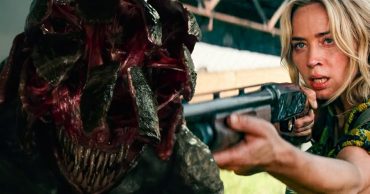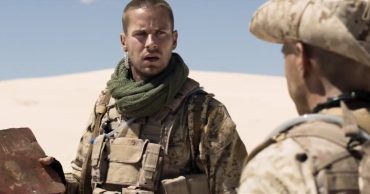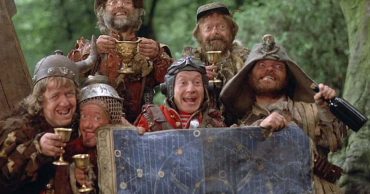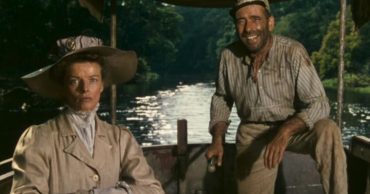Get ready to separate fact from fiction as we dig into the real story behind The Woman King. The movie generated a lot of buzz, but how much of it is based on true events? The narrative itself is about an all-female warrior army in 18th-century Dahomey (present-day Benin) led by the formidable General Nanisca (Viola Davis). With its powerful depiction of female empowerment and African history garnered attention tons of attention.
But how accurate is the movie’s portrayal of Dahomey’s warrior women? Were they truly as fierce and respected as depicted on the big screen? Was there underlying drama fueling their choices to become Dahomey Amazons? That’s what we’ll be delving into below.
The Historical Context Of ‘The Woman King’
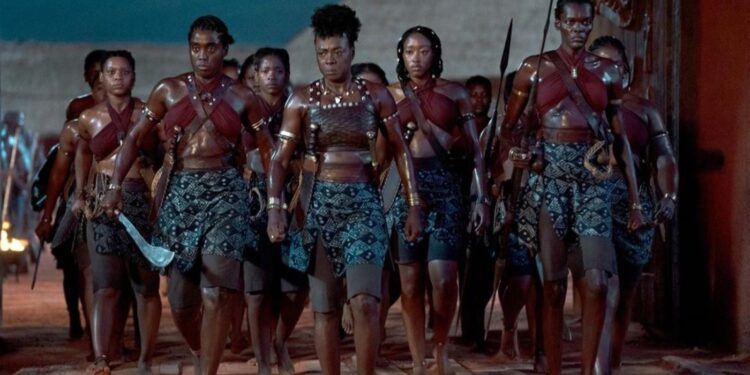
To fully appreciate the story behind The Woman King, it’s essential to understand its historical context. Dahomey, a kingdom in West Africa during the 18th century, was known for its unique social and political structure. The kingdom itself was under the central rule of a King and this title was pretty much an ancestral right.
Interestingly, Dahomey was a vibrant trade hub and had a thriving cultural and socio-economic system. As such, they were no strangers to change as long as it was for the betterment of the kingdom. Unlike most west African cultures, the Dahomey women were more than just homemakers, in fact male royal stewards all had female counterparts. At the heart of Dahomey’s military power were the legendary Dahomey Amazons, an all-female warrior army.
Dahomey Amazons: The True Story
The Dahomey Amazons were not a figment of Gina Prince-Bythewood‘s imagination but a real force to be reckoned with. These women warriors were an integral part of Dahomey’s militia and played a crucial role in defending the kingdom. They were in fact traditionally called the Agojie or the Mino in their culture. The term “Dahomey Amazons” was actually coined by the French during the 19th century.
Altogether, these warriors started out as female elephant hunters,. But soon enough evolved and took on military structure in the 1720s. It wasn’t until the 1800s, that they gained numbers reaching about 6000 to 8000 women. At the peak of their strength they started recruiting athletic teenage girls from local villages. They underwent rigorous physical training and were skilled in using various weapons such as machetes, spears, and firearms. These women warriors were not only adept at combat but also displayed exceptional discipline and loyalty to their kingdom.
The Portrayal Of The Dahomey Amazons In ‘The Woman King’

The Woman King attempts to bring the story of the Dahomey Amazons to life on the silver screen. It showcases the bravery and resilience of General Nanisca and her all-female army as they fight against colonial forces and defend their homeland. Even more, there’s an added subplot following Nawi’s (Thuso Mbedu) transformation from a headstrong girl abandoned by her father, into a warrior.
Davis delivers a powerful performance, capturing the strength and determination of General Nanisca. But there’s no doubt that the bringing the iconic female warriors to life was a joint effort. Characters like Sheila Atim‘s Amenza, Shaina West‘s Esi and Lashana Lynch‘s Izogie added substance to an already iconic story. While the film does take artistic liberties for the sake of storytelling, but it does remain true to the core spirit of the Dahomey Amazons. It serves as a tribute to their legacy and brings their story to a wider audience.
What Parts Of The Woman King Are True?
As the overarching narrative has it, the West African Kingdom of Dahomey are forced to pay tribute to the neighboring Oyo Empire. That pretty much checks out as the Oyo empire was far-reaching and quite dominant over neighboring Kingdoms at the time. While the individual Agojie warriors were fictitious characters, there’s one that may very well have been real. Mbedu’s character Nawi was known as one of the last of the Agojie warriors. In fact, she passed away in 1979 at over 100 years in age. However, she was born more that two decades after the actual King Ghezo died.
The Impact Of ‘The Woman King’ On The Representation Of African History In Film
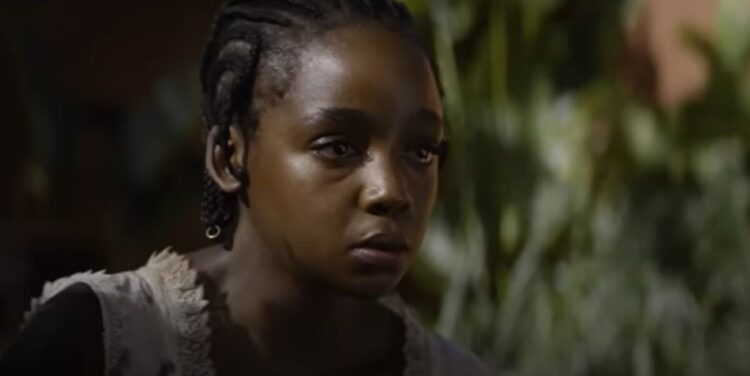
‘The Woman King’ holds immense significance in terms of representation and the portrayal of African history on the big screen. It’s not a whitewashed account of events and manages to showcase an African Kingdom in it’s full glory. Even more, showcasing the strength of these African women warriors provides a more nuanced portrayal of African history. It opens the door for further exploration and representation of marginalized voices and broadens the understanding of the rich tapestry of human history.
 Follow Us
Follow Us
